Reading | Teaching of Reading Texts
Principles that influence how we teach children to read
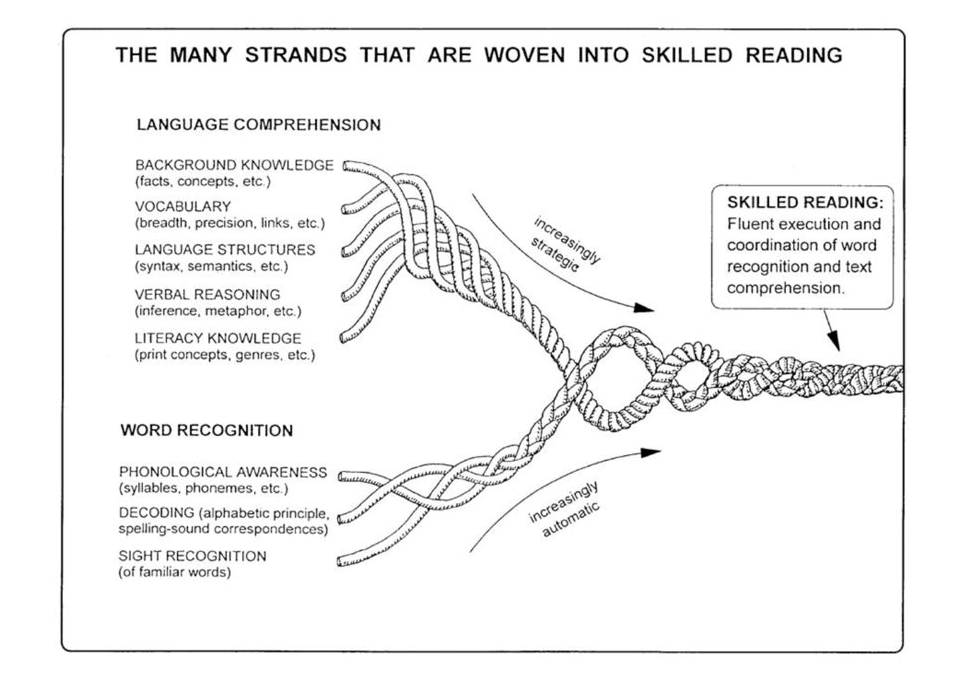
The key principles behind how reading is taught at Mayflower Academy is based on the “Reading Rope” by Scarborough, H. S. (2001). We recognise that although there are many strands of teaching reading, a true reader is not an independent, fluent and confident reader unless all the strands are combined.
Reading is taught through proven evidence-based techniques and systems, focusing on whole class teaching of reading approaches. Pupils are taught meta-cognitive self-regulation strategies to ensure that they become true readers, ready to read in the “real world”, for “real purposes”.
Teaching Children to read | Lesson design
1. Revisit and Link
What?
At the start of each session, the following tools are used to support pupils in revisiting old and linking new knowledge.
National Curriculum Common Exception Words
Knowledge Organiser
In Action
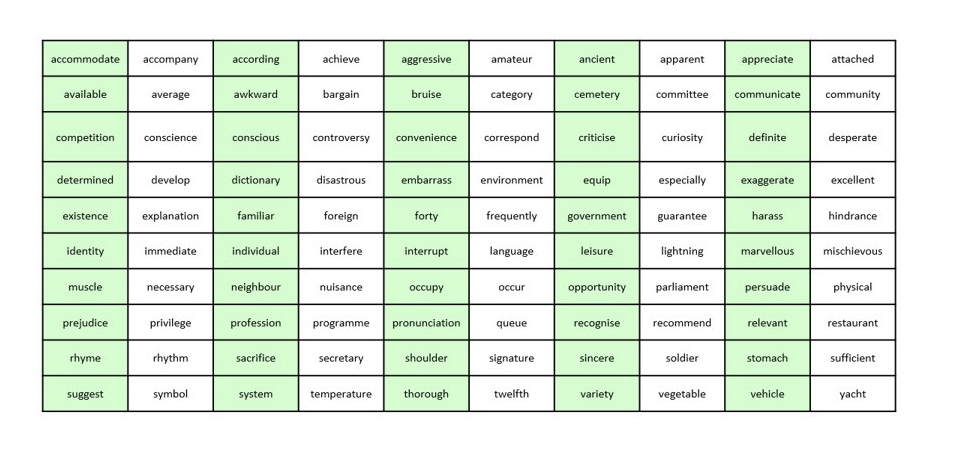
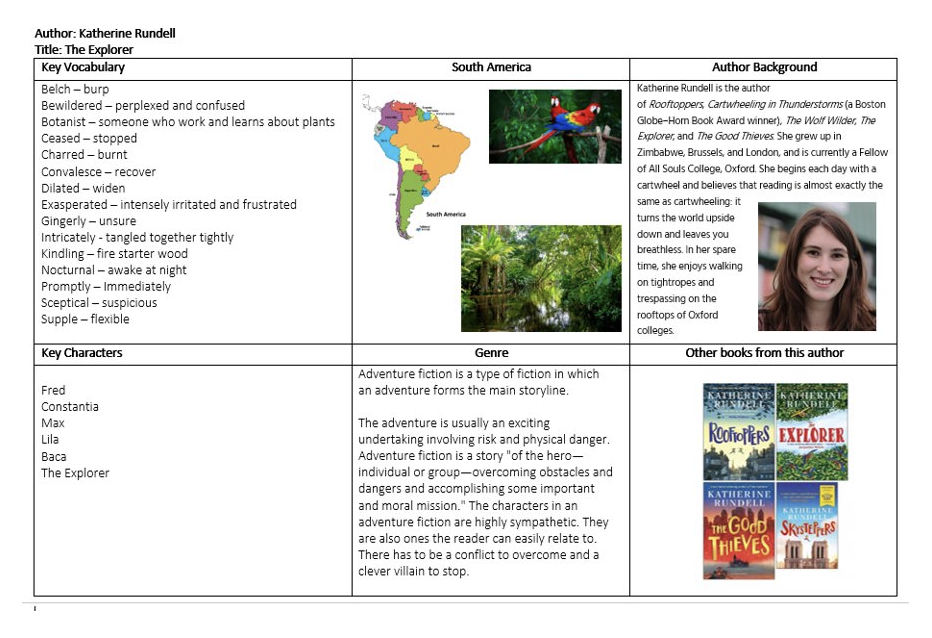
Additionally, pupils may be asked to summaries previous chapters or understanding of character.
Why?
Revisiting and linking helps strengthen the connections of material learned. Automatic recall frees working memory for problem-solving and creativity.
Teaching Strategies (WALKTHRUS etc.)
- Quizzing (Bk.1 Pg.112)
- Multiple- Choice Questions (Bk.2 Pg. 118)
- Dual Coding: Mapping (Bk.2 Pg.122)
- A Repertoire of Retrieval Routines (Bk.3 Pg. 128)
- Graphic Organisers
- Kernal Sentences
Checking for Understanding Strategies
- Cold calling
- Show me boards
- Probing
- Process Questions
Learning Strategies (SOI)
- Summarising
- Mapping
- Drawing
- Imagining
2. Introduce and Link
What?
- Introducing the next chapter or new text/ genre.
- Demonstrating how this links with the previous chapter or genre.
- Introduce new vocabulary .
- Model an explicit reading skill (Predict, Explain, Summaries, Vocabulary, Infer and Retrieve)
Why?
Our working memory is small and can only handle a few bits of information at once. Asking questions allows the teacher to determine how well the material is learned. Students need cognitive support to help them learn how to solve problems. Modelling, worked examples and the teacher thinking out loud can help clarify specific steps.
How?
Teaching Strategies (WALKTHRUS etc.)
- Live Modelling (Bk 1 Page 79)
- Worked Examples & Backward Fading (Bk.1 page 68)
- Scaffolding (Bk. 1 Page 80)
- Compare, Contrast Categories (Bk. 3 Page 93)
- Big Picture, Small Picture- Zoom in, Zoom out (Bk 1 Page 74)
- Examples & Non-Examples (Bk 2 Page 84).
- Modelling Handover: I do, we do, you do (Bk 3 Page 100)
Learning Strategies (SOI)
- Summarising
- Mapping
- Drawing
- Imagining
3. Imbed and Deepen
What?
During this stage pupils will have an opportunity to use and apply what has been modelled during the introducing and linking stage. Pupils will complete their tasks independently.
Why?
To enable pupils to work through tasks systematically and reach a stage of where over learning takes place. Through independent practice procedures, 'over learning can take place and is a necessary process for material to be recalled automatically. This ensures no overloading of pupils' working memory. Pupils gain a better understanding of what correct and not correct looks like.
How?
Teaching Strategies (WALKTHRUS etc.)
- Thresholds and Pathways (Bk. 2 Page 126)
- Sustained Independent Practice (Bk.3 Pg 139)
- Consolidation (Bk.3 Page 130)
- Deliberate Vocabulary Development (Bk1 Page 72)
- Teaching Assistants: Working in Tandem (Bk.3 Page 140)
- Say it again better (Bk.1 Page 98)
- Process Questions (Bk.1 Page 98)
- Scaffold Verbal Responses (Bk. 3 Page 112)
- Building Fluency (Bk. 2 Page 130)
Checking for Understanding Strategies
- Correct / Not correct
- Probing
- Process Questions
4. Test and Deepen
What?
At the stage pupils will have an opportunity to self-test, correct and coach other pupils (overtime).
Why?
This gives pupils opportunity to test and deepen their understanding through a process of self explain and reasoning. This can often be applied within different contexts (variants) which creates greater opportunities for learning to be metacognitive.
How?
Teaching Strategies (WALKTHRUS etc)
- A Repertoire of Retrieval Routines (Bk. 3 Page 128).
- Probing Questions (Bk1 Page 100)
- Scaffold verbal responses (Bk.3 Page 11)
Checking for Understanding Strategies
- Cold calling
- Show me boards
- Probing
- Process Questions
Teaching of reading | Weekly Timetable
Session
1.
2.
3.
4.
5.
Lesson
Teaching of Reading Text
Teaching of Reading Text
Teaching of Reading Text
C. P. G. – Range of Genres (*MCA strategies)
EYFS | KS1 | KS2: Reading for Pleasure:
MCA | Local Library
KS1: Teaching of Reading Text
*
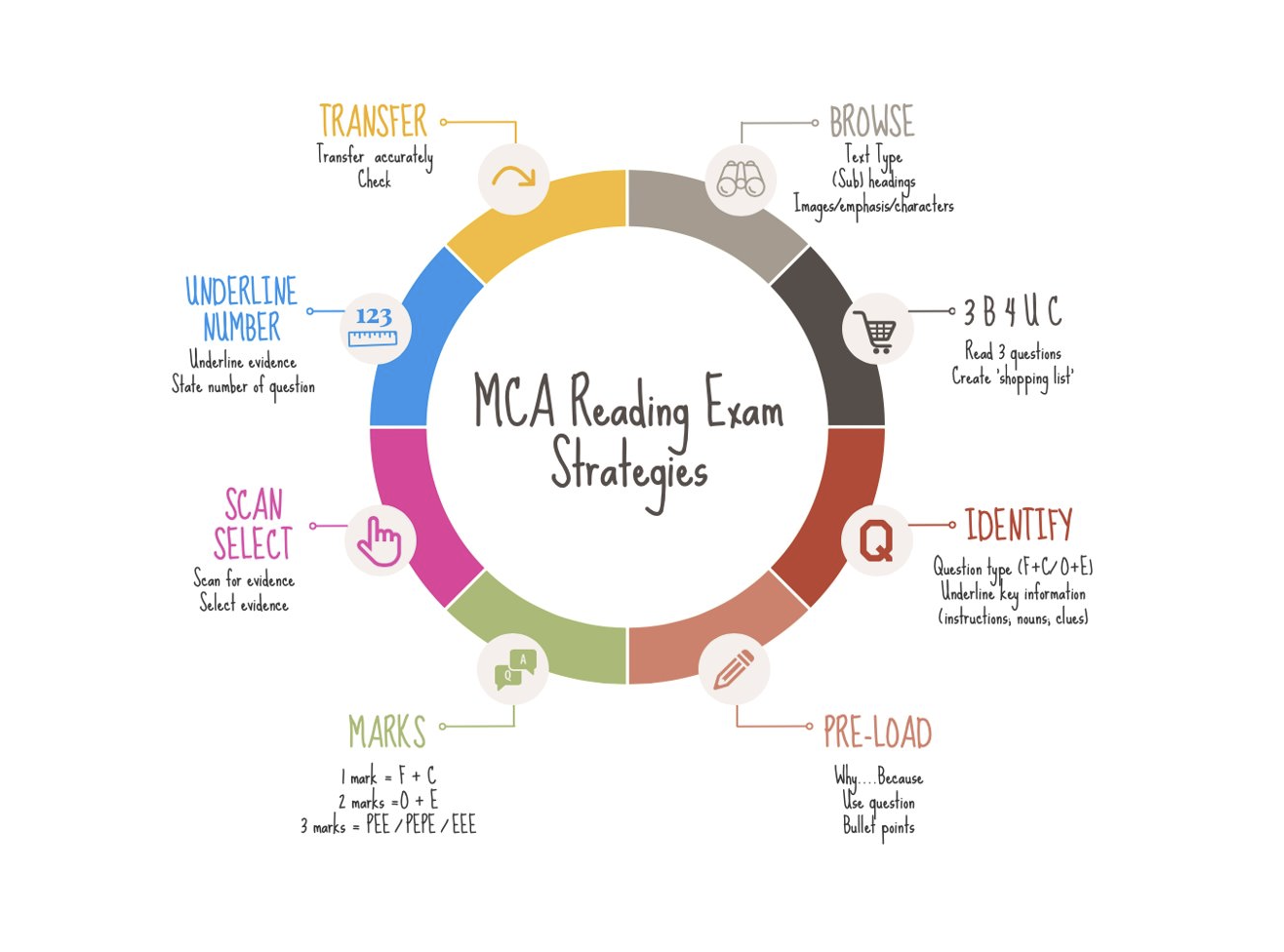
Access for all | How do SEND pupils access learning?
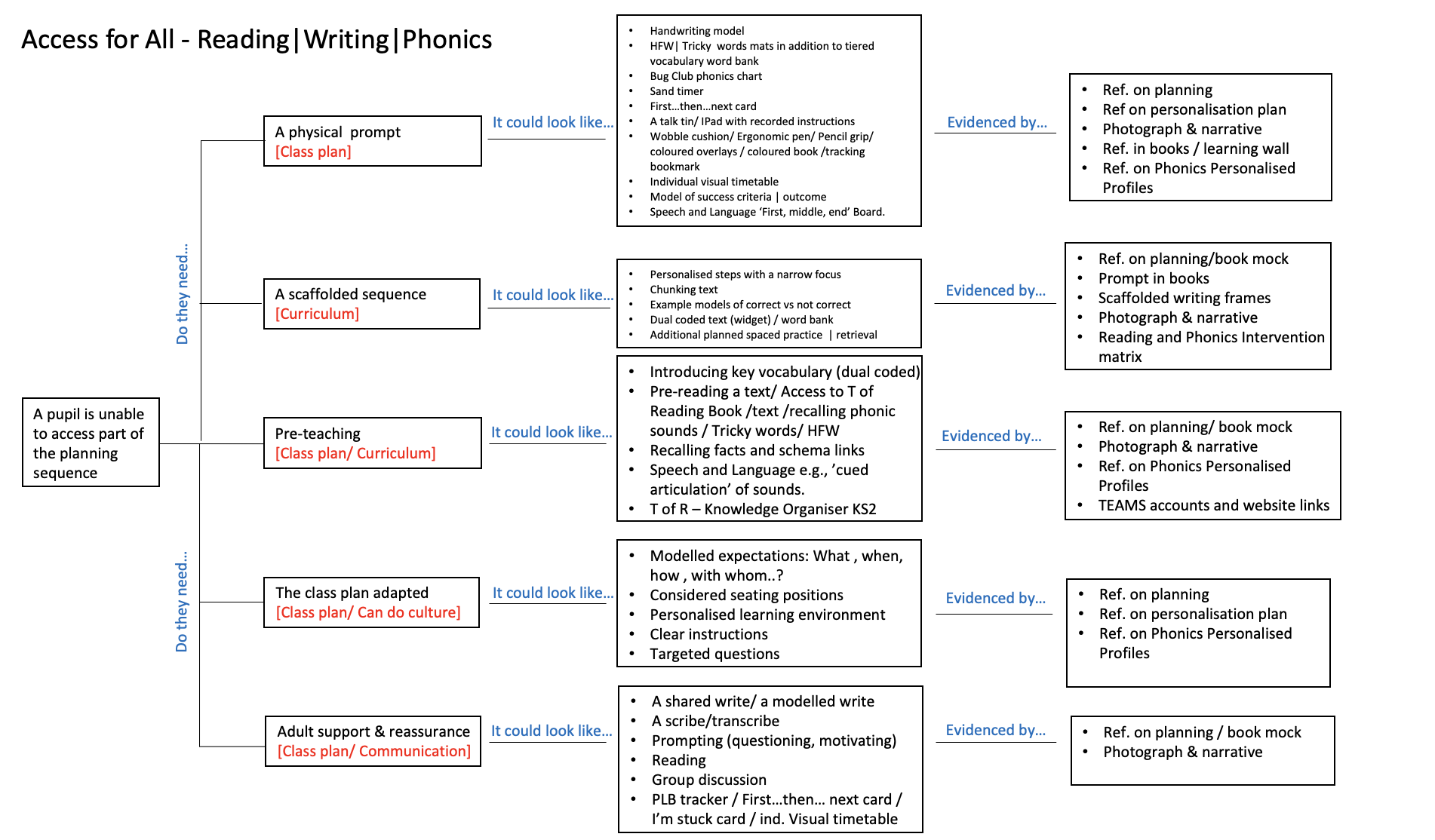
The Reading Diet
Enabling pupils to have a wide variety of supportive reading experiences throughout the extended day.
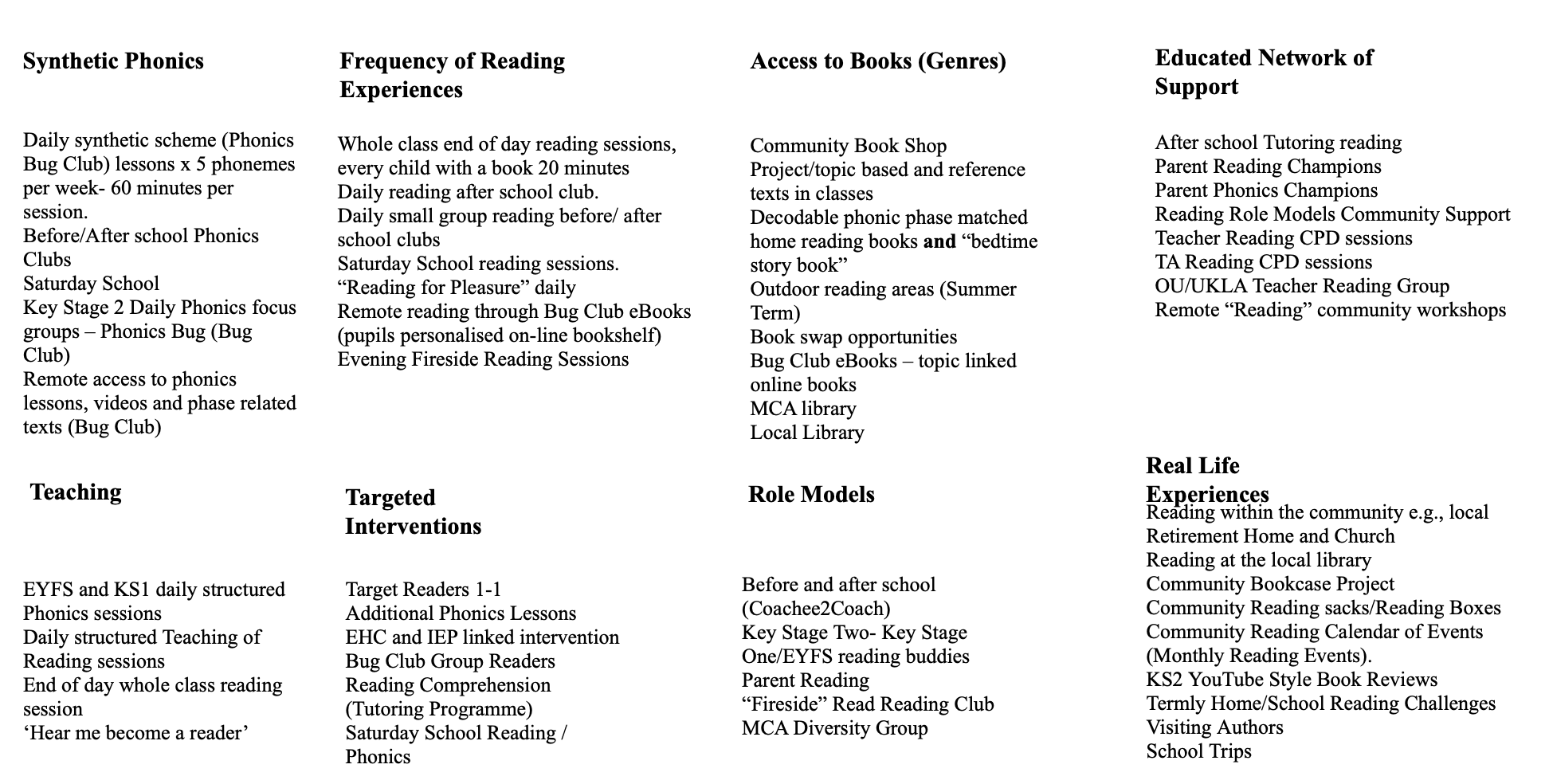
Texts for Teaching of Reading
Summer Term | Years 3 - 6

